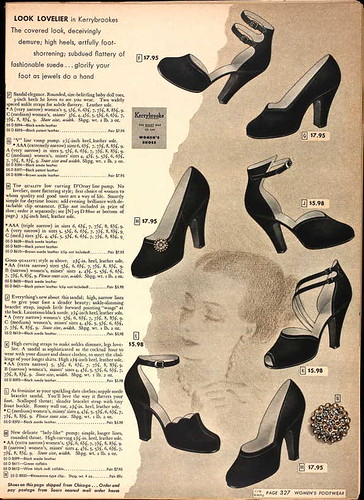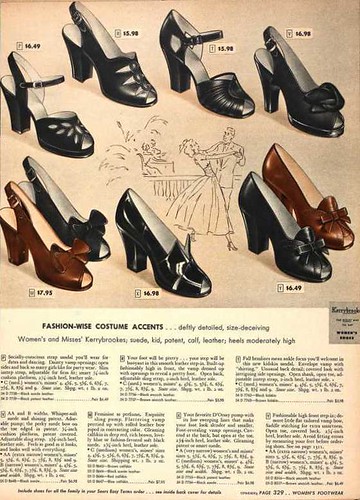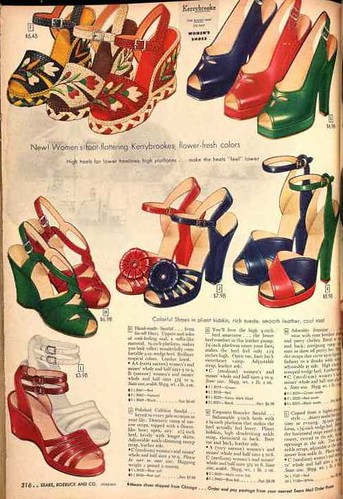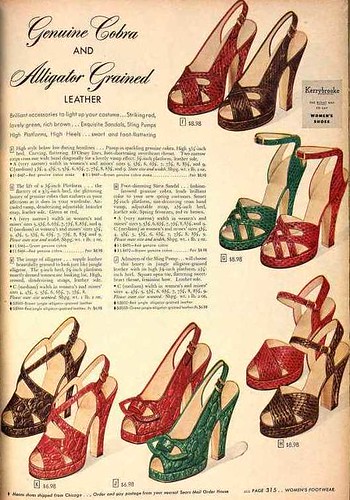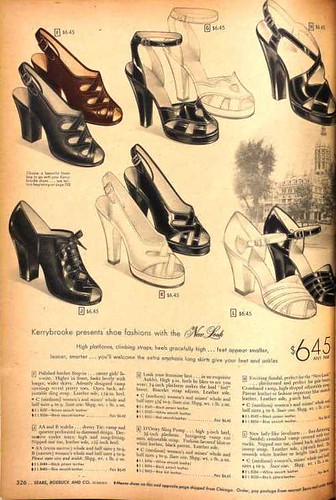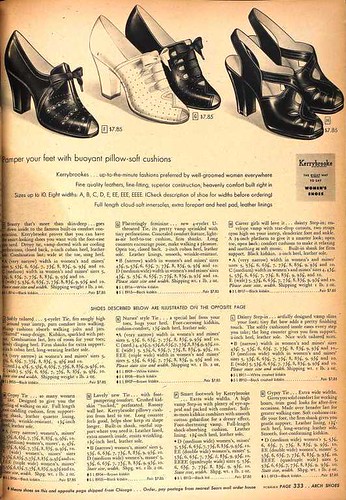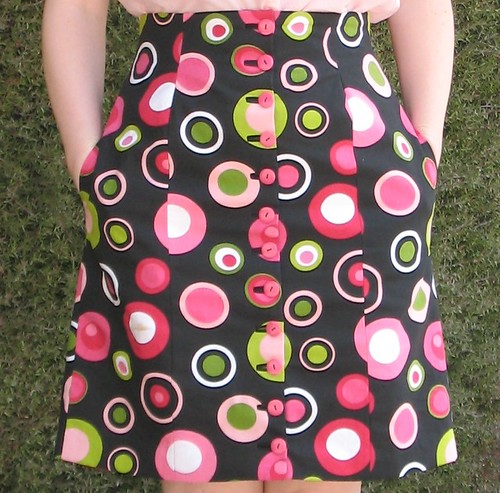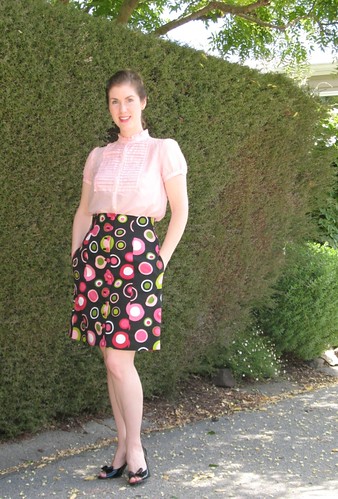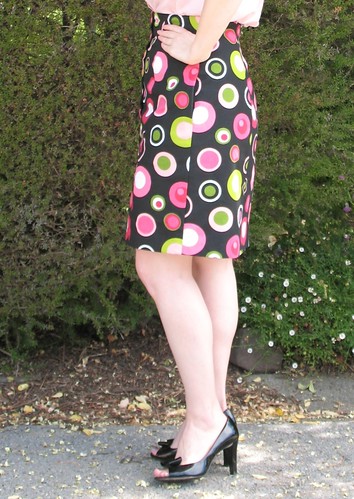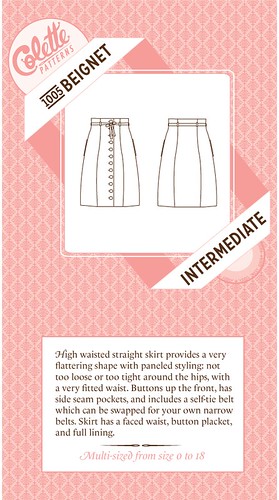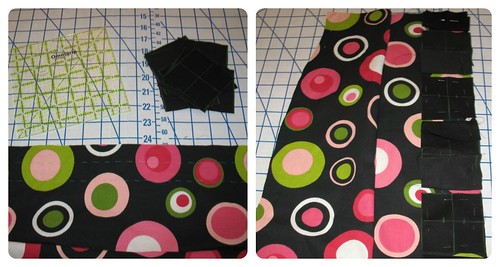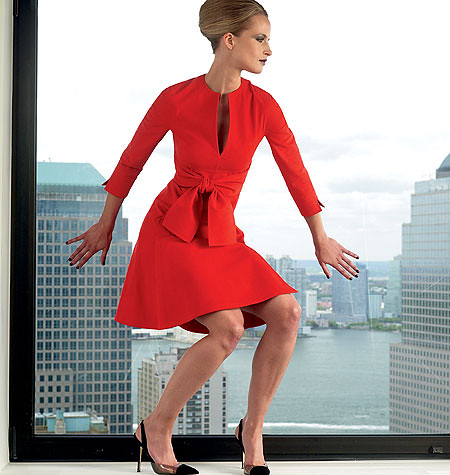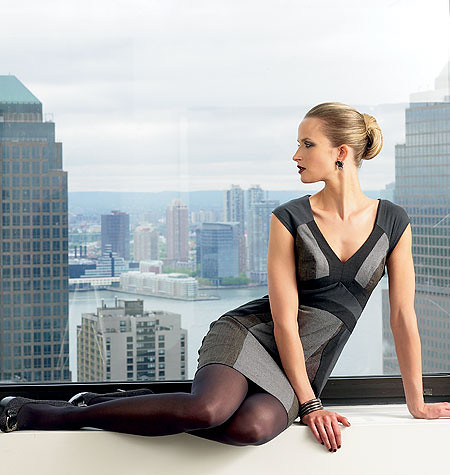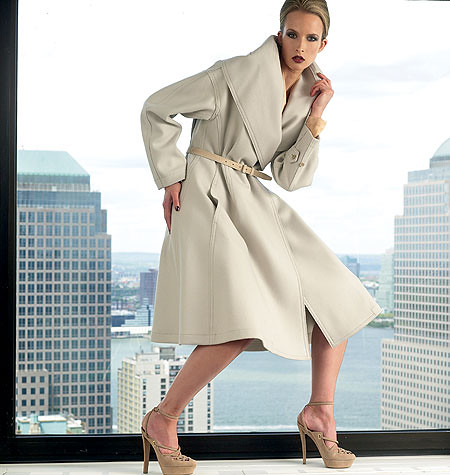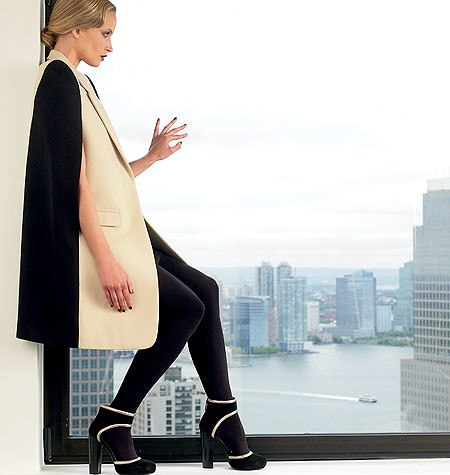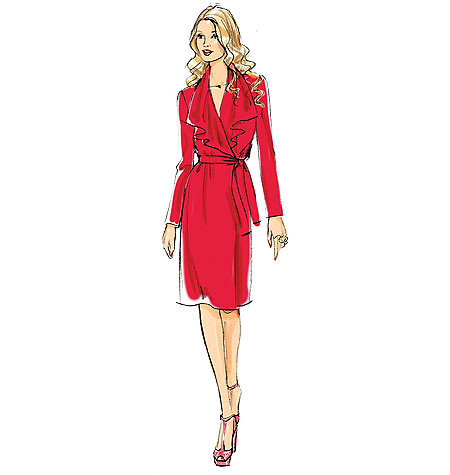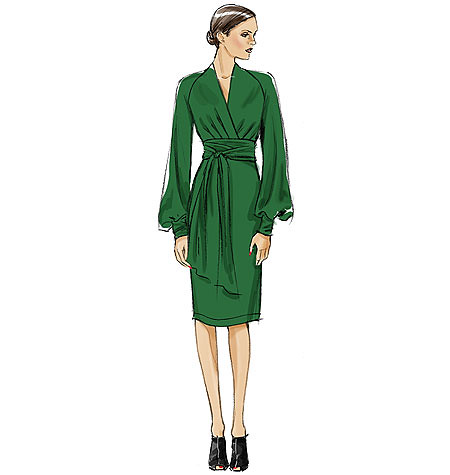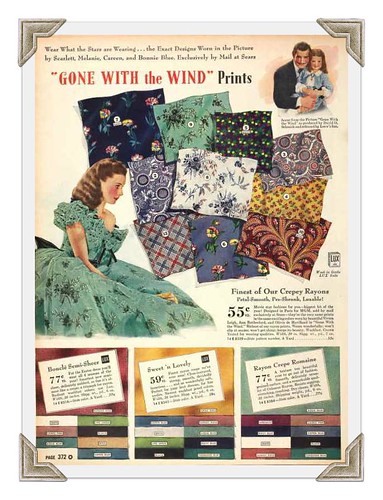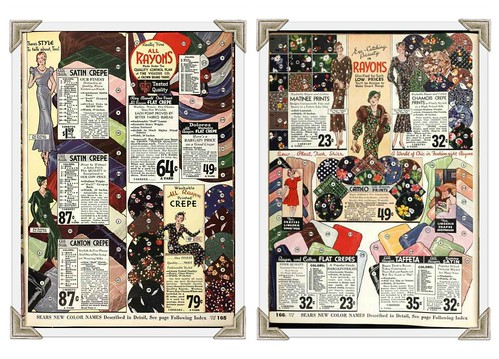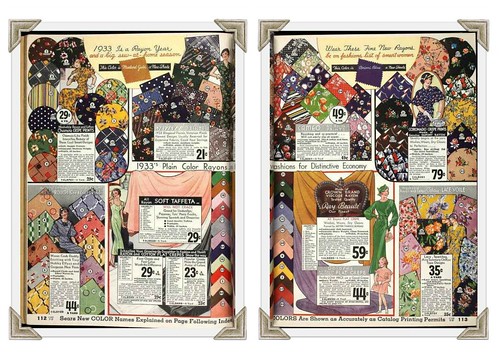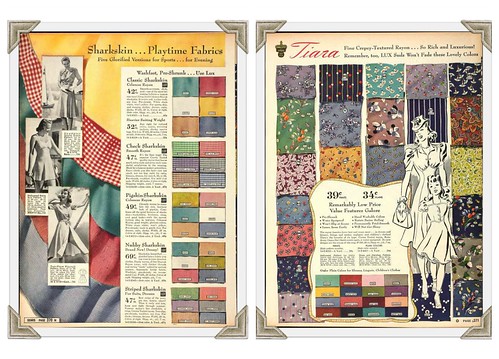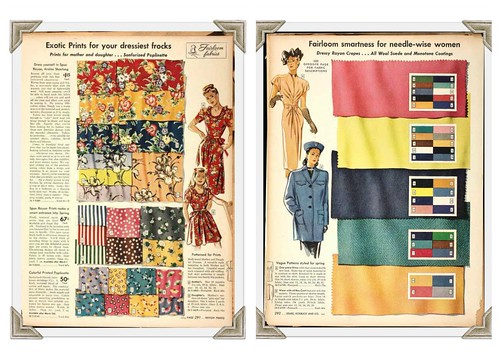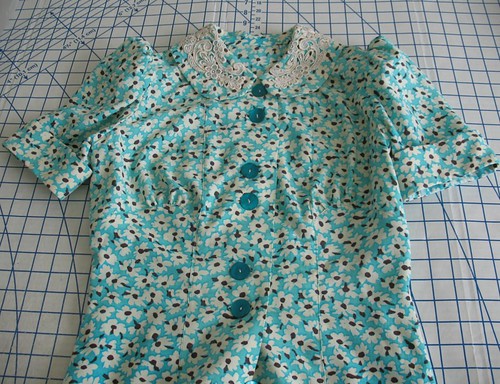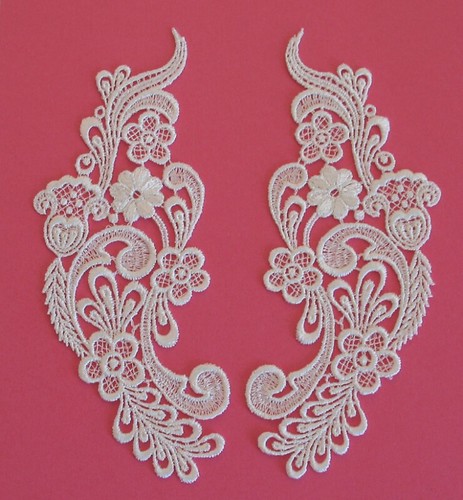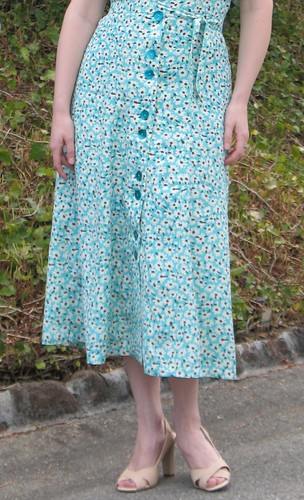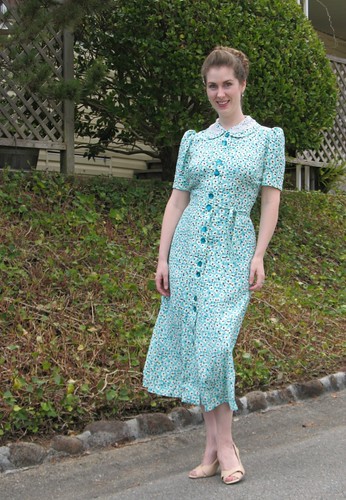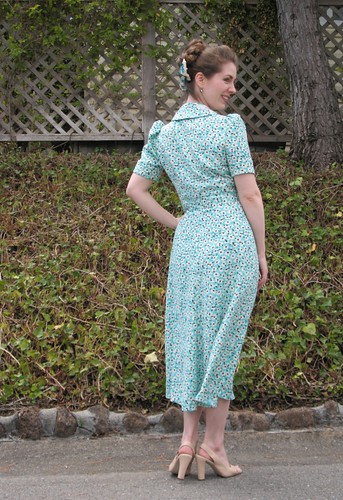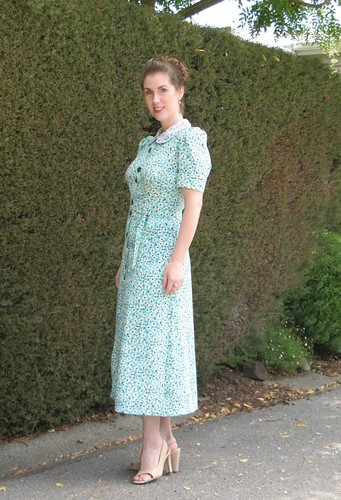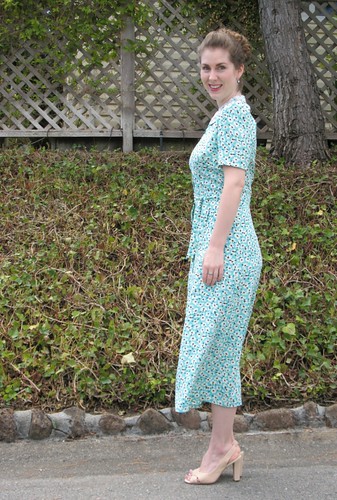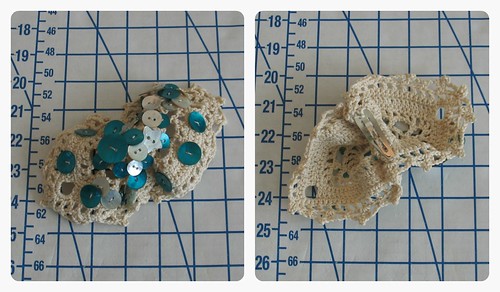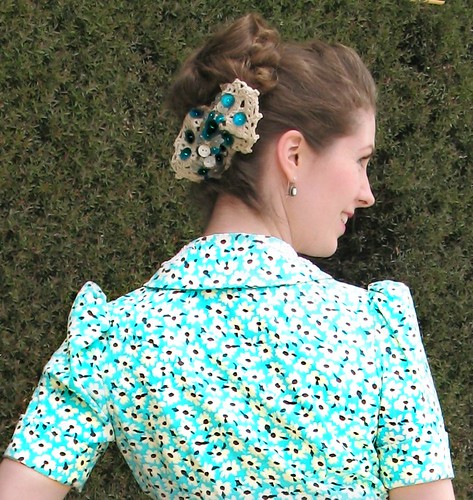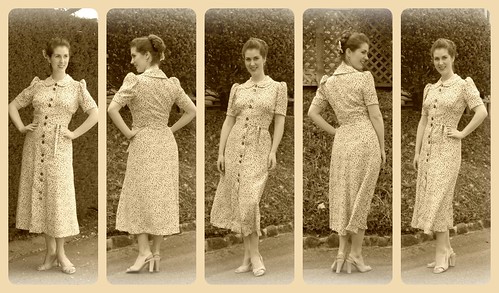I have had a couple of questions about my rayon pre-treating
methods, so I though I would write about my experience with the fiber. The quick answer is that I pre-wash just
about every length of fabric before cutting into it (either in the machine or by hand), and I always hand wash the items that I sew.
Take a quick peek in my closet, and it is clear that I am a
huge fan of rayon. I understand that it
is a synthesized fabric, but as it is made from plant material, I consider it to be a
natural fiber. As I am no chemist, I am
not going to get into any definitions of what constitutes a natural versus
synthetic fabrics - I just know that I love rayon and hate polyester.
Rayon (or artificial silk) breathes well and drapes
beautifully, making it perfect for reproduction vintage. I also consider it easier to work with and
care for than silk, but that is just me!
I should start by saying that I have inherited a dislike of
dry cleaning from my mother. Does anyone
know what those chemicals really do?
Because of this (and the exorbitant price), I hand wash the majority of
my clothing and 100% of the clothing that I sew myself. Crazy? Perhaps. But I am certainly not going to
leave a dress that I spend hours constructing to the mercy of a machine. At the moment I am using
Eucalan (advertised as a "no rinse delicate wash" although I do rinse it out), but in the
past I have had excellent results with a liquid dish soap like Joy.
I had a couple of unfortunate experiences with purchased
rayon dresses, but did learn a little something: rayon is super wonky (yes, that’s a technical
term) when wet. I would hand wash a long,
bias cut dress with a dry clean only label and leave it to drip dry.
When wet, the dress shrunk up to be about 10" too short and 10” too
wide. To redeem the garment, I would
gently tug on the wet fabric to try to get it back to its original shape.
Rayon is often referred to as “unstable” when wet, and boy,
is that true. It also becomes very
fragile. Once I even managed to tear the
fabric with my thumb while pulling on it.
It turns out I should have left the thing to dry at its own pace. It took me longer to realize this than I care
to admit, but nine times out of ten, as
the fabric dries, it will regain its original shape.
The best advice that I can offer is to leave those dresses
alone while drip drying. If the dress is
purchased, there is not a lot you can to do guarantee that something weird is
not going to happen. You can always go
the dry cleaning route as suggested by the care instructions, but for me personally, I am not
going to spend almost as much money to clean it as the darn thing originally cost me. (Now, if I ever come across a 1940s evening gown or vintage 1950s
Dior or Lilli Ann suit from a thrift or antique store, I would obviously make
an exception.)
I moved a couple of years ago and now have a front loading
machine. Whoo-hoo! My standard operating procedure
these days is to pre-wash my yardage (including rayon) on the delicate cycle in
the machine and throw it in the dryer until it is damp, at which point I iron
out any wrinkles. If something is extra
special, I will hand wash the yardage in the sink and let it drip dry.
The idea is to be as hard on the material as I ever will
be. Because I am going to hand wash the finished
product, it should be perfectly safe since it has already been through a
machine cycle.
Sorry this post turned out to be so long, but hopefully it answers
some of those questions!
Does anyone else have any rayon suggestions? I would love to hear your experiences.
